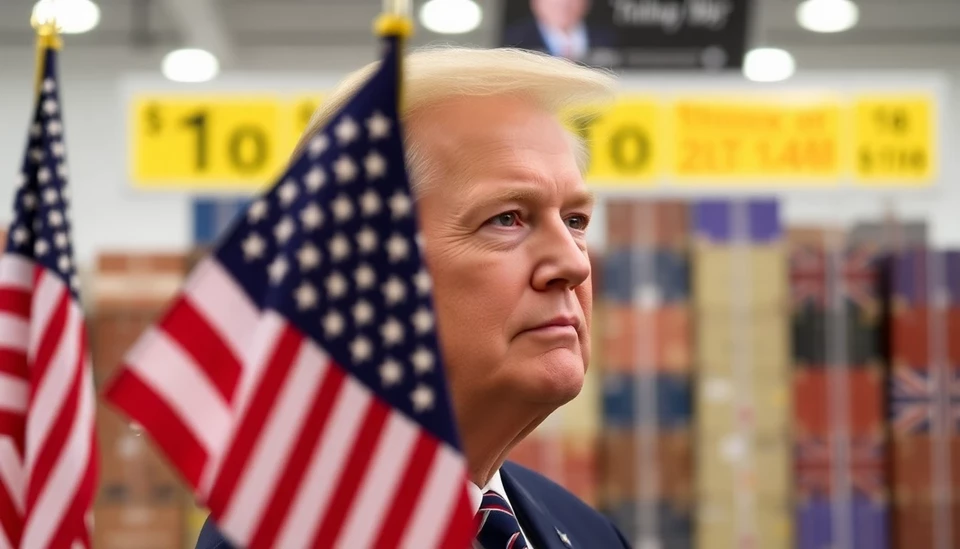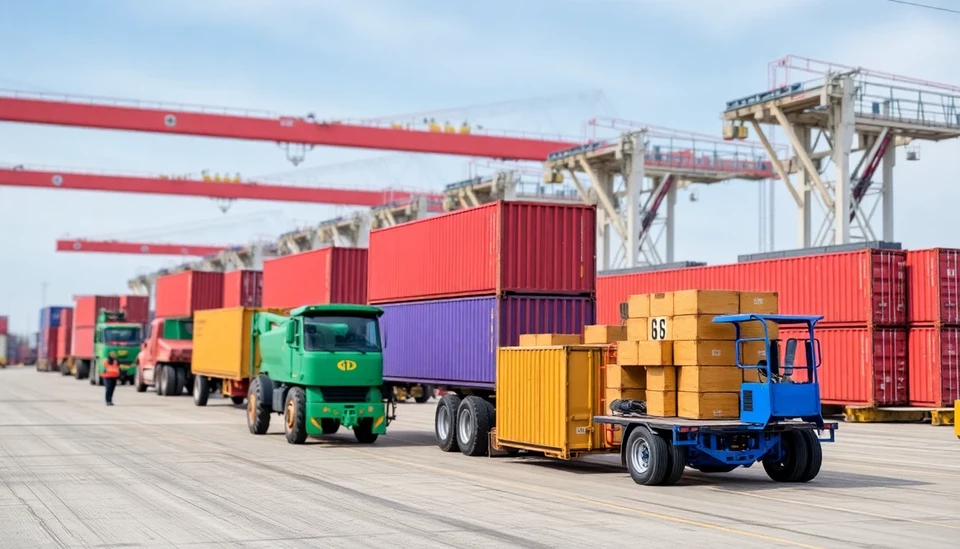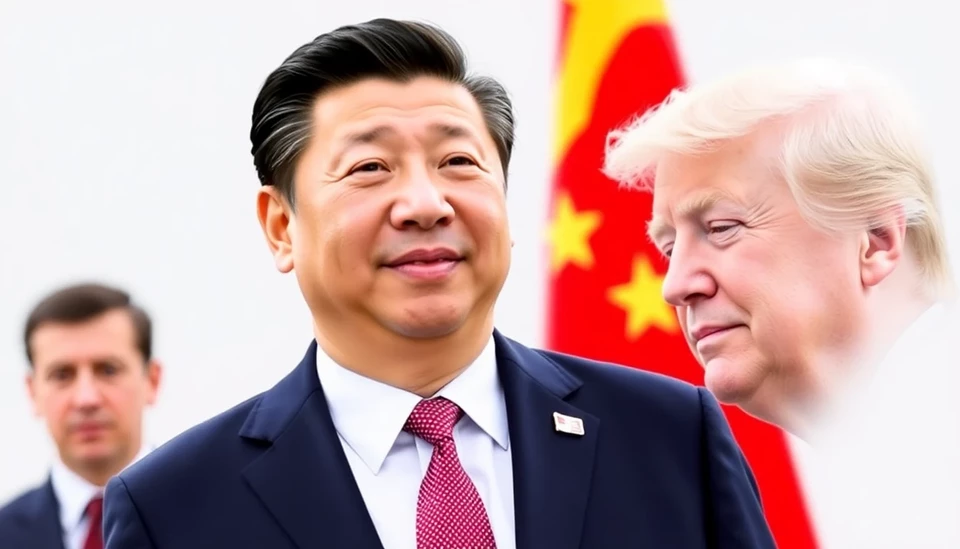
The recent analysis of the United States' tariff revenue reveals a concerning trend as gains from tariffs are increasingly threatened by a decline in trade volumes. Despite initial boosts in revenue from tariffs imposed during recent trade conflicts, the overall trade dynamics suggest that the benefits may be short-lived.
As governments worldwide continue to grapple with the impacts of global economic shifts, the U.S. has seen a rise in tariff rates aimed at protecting domestic industries. These tariff increases, particularly on imports from China, were intended to encourage American buyers to favor domestic products while minimizing the influx of foreign goods. However, the expected surge in revenue has been dampened by a significant reduction in overall trade activity.
Analysts project that while tariffs initially contributed to a boost in government revenue, the declining volume of imports will overshadow these gains. An upward spike in duties on goods has not matched a similar rise in overall trade transactions, suggesting that the anticipated financial windfall may be offset as consumer import demand wanes.
Recent reports indicate that businesses are responding to tariffs not by increasing domestic production, as policymakers had hoped, but rather by reducing their imports and re-evaluating their supply chains. Many businesses are looking to sources outside the U.S., which ultimately leads to less revenue being generated from tariffs.
Moreover, companies aiming to avoid tariffs by shifting their sourcing strategies may prioritize cost over quality, which can have long-term implications for the U.S. economy. The brunt of this outcome does not only fall on the federal government; it also impacts consumers who may find themselves facing higher prices for goods as domestic alternatives ramp up production costs.
In light of these factors, economists warn that the sustainability of tariff revenue is uncertain. As businesses adapt their strategies in response to global trade pressures, the pattern of declining imports alongside high tariff rates paints a bleak picture for future financial forecasts.
In summary, while tariff revenues had previously shown promise in bolstering the national budget, current trends suggest that a decrease in trade activity may negate any temporary gains. Policymakers may need to reconsider their approach to international trade and tariff imposition to ensure a healthier economic landscape moving forward.
As the U.S. navigates these complex economic waters, the interdependence of global trade and domestic policy will undoubtedly remain a pivotal topic of discussion for policymakers and economists alike.
#Tariffs #Trade #Economy #USRevenue #Imports #GlobalTrade #DomesticIndustry #SupplyChain #Economists #TradePolicy
Author: Laura Mitchell




